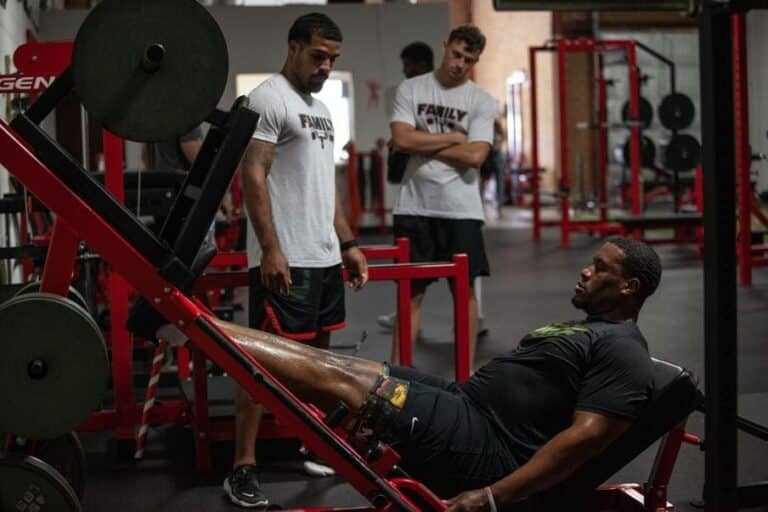Programming Considerations for Overhead Athletes

Programming Considerations for Overhead Athletes – Pressing
As a coach it’s imperative to understand the training considerations that must be applied to a program when training overhead athletes (Quarterbacks/Pitchers). With the frequency of throwing that is done year-round, it can predispose the athletes to different form issues and injuries. These issues can include, shoulder impingement issues, bicep tendinitis, and or certain rotator cuff issues. It is important to step back and ask yourself questions to assure you are considering the best actions for the athlete to help them perform at their highest ability and eliminate the risk for issues. What will help improve their athleticism? What will build structural balance? What is the best “bang for your buck” exercises and tools to implement for their training sessions?
Should Overhead Athletes Bench Press?
There’s been a shift over the last few years where many coaches are adamant about not allowing overhead athletes to barbell bench press in their program. For some, this might be the appropriate answer, especially if they have technique issues, muscular imbalances, or have a history of injury that would dictate it to be inappropriate for them to incorporate. I believe if there are no structural or muscular issues preventing good form, then the bench press can be a beneficial tool for the athlete. The technique must be precise to ensure that the stress on the shoulder joint is low and the proper muscle groups are being engaged. A good coaching cue to give is “chest up and shoulders back.” This takes the most amount of stress off the shoulder and places it on the proper muscles. The overall goal of their program is not to build the barbell bench press. When programming pressing motions for overhead athletes, I prefer to implement neutral grip specialty bars or dumbbell bench press variations. These neutral grip variations allow for more external rotation at the shoulder and helps the athlete to drive their chest up to meet the weight while keeping their shoulders back and anchored to the bench. Push-up variations are also a great choice for overhead athlete’s programming. Weighted push-ups are probably the best choice because the athletes shoulder blades are allowed to move freely and their core is engaged through the full range of motion. This also allows for more activation of the serratus anterior, which helps with shoulder stability and health.
Prioritize Upper Back Training
Upper back strength and shoulder health should be a big priority in programming for an overhead athlete. I’ve always prescribed to the 1:2 – 1:3 ratio in relation to pressing to horizontal/vertical pulling volume. Meaning the athlete should be doing 2-3 times as much pulling volume as they are pressing in the program. I recommend pulling exercises, such as, rowing variations, posterior fly variations, Iso-Hold YWT’s, and external rotation exercises for the shoulder. I also incorporate filler exercises in between the athletes’ main sets which include exercises to improve thoracic mobility (extension, rotation, flexion), shoulder mobility, lat extensibility, and strength/mobility of their shoulder blades.
Ed Miller
B.S. Exercise Science – CSCS
CPPS level 1 and 2
CPPS Football, BPS level 1 and Speed Certified
NASM – CES


